Home>Garden Essentials>What Kind Of Sand To Use For Soil Mix
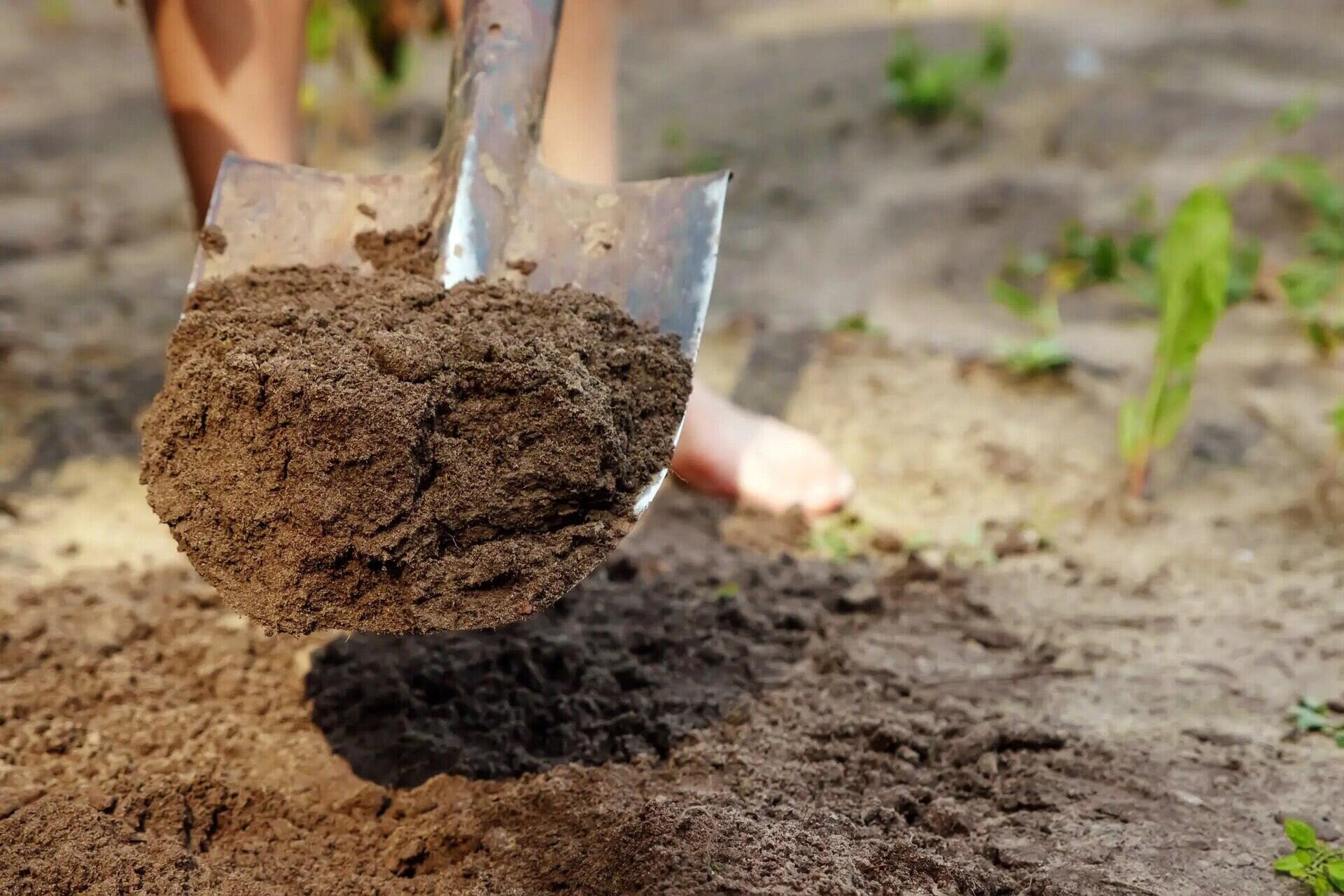

Garden Essentials
What Kind Of Sand To Use For Soil Mix
Modified: March 16, 2024
Discover the best type of sand to use for your garden soil mix. Enhance your gardening experience with the right sand for optimal plant growth and soil drainage.
(Many of the links in this article redirect to a specific reviewed product. Your purchase of these products through affiliate links helps to generate commission for Storables.com, at no extra cost. Learn more)
Introduction
Welcome to the world of gardening! Whether you are a seasoned green thumb or just starting out, understanding the importance of soil composition is key to successful gardening. While many factors contribute to healthy soil, one crucial component is sand. But with so many different types of sand available, it can be overwhelming to know which one is best for your soil mix.
In this article, we will explore the various types of sand commonly used in soil mixes and discuss their specific characteristics and benefits. We will also delve into the factors you should consider when choosing sand for your soil mix and provide helpful tips on how to incorporate it effectively.
So why is sand such a crucial ingredient in soil mixes? Well, sand plays a vital role in improving soil structure, drainage, and aeration. It helps loosen compacted soil and prevents it from becoming waterlogged. Sand also enhances the soil’s ability to retain nutrients and allows plant roots to breathe. By understanding the different types of sand available, you can select the most suitable option for your specific gardening needs.
Now, let’s take a closer look at the various types of sand commonly used in soil mixes.
Key Takeaways:
- Choose the right sand for your soil mix based on your plants’ needs. Coarse sands provide sharp drainage, while finer sands suit delicate plants. Balance texture and drainage for a thriving garden.
- Incorporate sand effectively into your soil mix by blending it with other components. Regular monitoring and proper watering will ensure a healthy and balanced growing environment for your plants.
Read more: What Kind Of Soil Mix For Containers?
Importance of Sand in Soil Mix
When it comes to creating the ideal soil mix for your plants, sand plays a crucial role in improving its overall quality. Let’s explore the importance of sand in soil mixes and why it is a vital component for successful gardening.
1. Improves Soil Structure: Sand helps to create a well-structured soil by improving its texture and preventing compaction. Its coarse particles create air pockets within the soil, allowing for better aeration and root growth. Additionally, the presence of sand promotes the formation of aggregates, which are essential for the movement of water and nutrients throughout the soil.
2. Enhances Drainage: Excess water can be harmful to plants, leading to root rot and other issues. Sand has excellent drainage properties, allowing water to flow through the soil easily. It helps prevent waterlogging and ensures that plant roots have access to oxygen. This is particularly important for plants that prefer drier conditions, such as cacti and succulents.
3. Increases Nutrient Availability: Sand enhances the soil’s ability to retain essential nutrients. Unlike clay soil, which can bind nutrients and make them unavailable to plants, sand allows for better nutrient movement and circulation. This ensures that plants have access to the necessary nutrients for healthy growth and development.
4. Prevents Soil Erosion: The presence of sand in soil mixes helps to prevent soil erosion. Its coarse texture helps to stabilize the soil, reducing the risk of erosion caused by wind or heavy rainfall. This is especially important for gardens located on slopes or in areas prone to erosion.
5. Adjusts pH Levels: Certain types of sand can help to adjust the pH level of the soil. For instance, horticultural sand, which is typically alkaline, can be used to raise the pH of acidic soil. This is beneficial for plants that prefer more alkaline conditions, such as lavender or lilacs.
Now that we understand the importance of sand in soil mixes, let’s explore the different types of sand available and their specific characteristics.
Types of Sand for Soil Mix
When it comes to choosing sand for your soil mix, it’s important to consider the specific properties and characteristics of each type. Let’s explore some of the most commonly used sands for soil mixes:
-
River Sand:
River sand is a naturally occurring sand that is typically extracted from riverbeds or riverbanks. It has rounded particles and a smooth texture, making it ideal for improving soil structure and drainage. River sand is commonly used in soil mixes for a wide range of plants and is readily available in most garden centers.
-
Play Sand:
Play sand, as the name suggests, is primarily used in children’s sandboxes and for recreational purposes. It is finer and softer than other types of sand, making it suitable for delicate plants that require good drainage, such as carnivorous plants or orchids. However, it should be thoroughly washed and sterilized before using in soil mixes, as it may contain impurities.
-
Read more: What Kind Of Soil Mix For Milkweed
Builders Sand:
Builders sand, also known as sharp sand or grit sand, is a coarse sand that is commonly used in construction projects. It has a gritty texture and is excellent for improving soil drainage and aeration. Builders sand is often mixed with other soil components to create a well-draining soil mix for plants that require sharp drainage, such as succulents and bonsai trees.
-
Silica Sand:
Silica sand is made up of tiny, angular particles and is commonly used in industrial applications, such as glass manufacturing and water filtration. In gardening, it is mainly used for making soil mixes for cacti and succulents, as its excellent drainage properties help prevent root rot. Silica sand should be sterilized before use to remove any potential contaminants.
-
Horticultural Sand:
Horticultural sand is specially formulated for gardening purposes. It is often a blend of sand, peat moss, and perlite to create a well-balanced soil mix. Horticultural sand has a coarse texture and is ideal for improving drainage and aeration in heavy clay soils. It can also be used to raise the pH level of acidic soils and create a more suitable growing environment for certain plants.
These are just a few examples of the types of sand commonly used in soil mixes. Each type has its own unique properties, so it’s important to select the one that best suits your specific gardening needs.
Now that we have explored the different types of sand available, let’s discuss the factors you should consider when choosing sand for your soil mix.
River Sand
River sand is one of the most commonly used types of sand in soil mixes for gardening. As the name suggests, it is naturally sourced from riverbeds or riverbanks. River sand has several characteristics that make it a popular choice:
- Particle Shape: River sand has rounded particles due to the natural erosion process it undergoes in rivers. This rounded shape helps to create a well-structured soil mix by allowing for better air circulation and water drainage. It also reduces the risk of compaction, which can hinder root growth.
- Texture: River sand has a smooth texture, making it pleasant to work with in soil mixes. Its fine particles blend well with other components, such as compost or peat moss, creating a homogeneous mixture. This uniformity in texture ensures that the sand is distributed evenly throughout the soil mix.
- Drainage and Aeration: One of the key benefits of using river sand in soil mixes is its excellent drainage capacity. The spaces between the rounded particles allow water to flow through the soil, preventing waterlogging and promoting healthier root growth. It also aids in oxygen circulation within the soil, ensuring that plant roots receive adequate oxygen for respiration.
- Ease of Availability: River sand is widely available in most garden centers and landscaping suppliers. Its accessibility makes it a popular choice for gardeners of all levels of experience.
River sand is versatile and can be used in various types of soil mixes, including those for flower beds, vegetable gardens, or potted plants. However, it is essential to ensure that the river sand you acquire is free from contaminants, such as silt or pollutants. Before using river sand in your soil mix, it is advisable to thoroughly rinse and strain it to remove any impurities that may affect plant health.
Remember to consider the specific needs of your plants when incorporating river sand into your soil mix. While it is generally well-suited for most plants, some may require a different type of sand with specific characteristics. By understanding the benefits and properties of river sand, you can make an informed decision when selecting the right sand for your soil mix.
Now that we have covered river sand, let’s move on to explore another type of sand commonly used in soil mixes.
Read more: What Kind Of Soil Mix For Vegetable Garden
Play Sand
Play sand is a type of sand that is primarily used in children’s sandboxes and for recreational purposes. While it may not be the first type of sand that comes to mind when thinking about soil mixes, it has specific characteristics that make it suitable for certain plants and gardening applications.
Here are some key features of play sand:
- Finer Texture: Play sand has a finer texture compared to other types of sand. Its particles are smaller in size, making it easier to work with and blend into soil mixes. This fine texture allows for better incorporation with other components, such as peat moss or compost, resulting in a more homogeneous soil mixture.
- Good Drainage: Despite its finer texture, play sand still offers reasonably good drainage properties. It allows water to flow through the soil mix, preventing excess moisture and waterlogging. This is especially important for plants that prefer well-drained soil, such as succulents or cacti.
- Suitable for Delicate Plants: Due to its softer texture, play sand is ideal for delicate plants that require a more gentle soil environment. It provides a supportive yet soft bed for delicate roots. This makes play sand a preferred choice for growing orchids, carnivorous plants, or other plants with sensitive root systems.
However, it’s important to note that not all play sand is suitable for gardening purposes. Play sand sold in stores may contain additives or impurities that can be detrimental to plants. Therefore, if you decide to use play sand in your soil mix, it is crucial to ensure that it is thoroughly washed and sterilized to remove any potential contaminants. This can be done by rinsing the play sand with clean water several times and baking it in the oven at a low temperature.
While play sand may not be the first choice for general gardening soil mixes, it can be a viable option for specific plants or gardening projects. Its fine texture and good drainage properties make it suitable for delicate plants that require a softer growing medium. If you decide to incorporate play sand into your soil mix, be sure to take the necessary precautions to ensure its cleanliness and quality.
Now that we have covered play sand, let’s move on to explore another type commonly used in soil mixes.
Builders Sand
Builders sand, also known as sharp sand or grit sand, is a type of sand commonly used in construction projects. Although primarily used for building purposes, builders sand can also be an excellent addition to soil mixes, particularly for plants that benefit from good drainage and aeration.
Here are some key characteristics of builders sand:
- Coarse Texture: Builders sand has a coarse texture, with larger particles compared to other types of sand. This coarse texture improves soil aeration and helps prevent compaction. It creates spaces within the soil, allowing air, water, and nutrients to move freely. This is especially beneficial for plants that require sharp drainage, such as succulents or plants prone to root rot.
- Enhanced Drainage: Thanks to its coarse particles, builders sand promotes excellent drainage in soil mixes. It allows excess water to flow through the soil, preventing waterlogging and providing a well-drained environment for plant roots. This is particularly advantageous for plants that prefer drier conditions or those susceptible to overwatering.
- Improves Soil Structure: The presence of builders sand can improve the overall structure of the soil. Its coarse particles help to break up compacted soil, allowing for better root penetration and growth. It also promotes the formation of soil aggregates, which aids in water movement and nutrient availability in the soil.
- Compatibility with Other Soil Components: Builders sand mixes well with other soil components, such as compost or organic matter. Its coarse texture blends harmoniously, creating a well-balanced soil mix. This compatibility allows for better integration and distribution of nutrients throughout the soil, benefiting plant growth and health.
When using builders sand in your soil mix, it’s essential to consider the specific needs of your plants. This type of sand is particularly suitable for plants that require sharp drainage and prefer drier soil conditions. It can be used in various gardening applications, such as raised beds or containers, to create a soil mix that promotes healthy root development.
However, it’s important to note that builders sand should not be used in its pure form as a growing medium. It is best when mixed with other soil components to create a balanced soil mix. Aim for a ratio of 1 part builders sand to 2 or 3 parts organic matter or soil. This combination will provide the necessary nutrients, drainage, and structure for optimal plant growth.
Now that we have covered builders sand, let’s move on to explore another type commonly used in soil mixes.
Silica Sand
Silica sand is a type of sand composed of small, angular particles made from silica, a compound found in rocks, minerals, and sand deposits. While it is commonly used in industrial applications, such as glass manufacturing and water filtration, it can also be an effective component in soil mixes for specific plants and gardening purposes.
Here are some key characteristics of silica sand:
- Particle Shape: Silica sand has small, angular particles that offer excellent drainage properties. Its angular shape allows for more space between the particles, facilitating better water movement and preventing waterlogging. This is beneficial for plants that are sensitive to overwatering or require sharp drainage, such as cacti and succulents.
- Good Aeration: The angular particles of silica sand promote effective aeration in soil mixes. This is important for plant roots, as they require oxygen for respiration. Adequate aeration allows the roots to grow and function optimally, resulting in healthier plants.
- Prevents Root Rot: Silica sand’s excellent drainage properties help prevent root rot, a common issue caused by excessive moisture in the soil. By providing optimal drainage, silica sand creates a well-drained environment that reduces the risk of root rot and promotes healthier root development.
-
Alkaline Nature: Silica sand tends to have a slightly alkaline pH level, which can be beneficial for plants that thrive in alkaline soil conditions. However, it’s important to note that not all plants prefer alkaline soil, so it’s crucial to consider the specific needs of your plants before incorporating silica sand into your soil mix.
When using silica sand in soil mixes, it’s crucial to ensure its cleanliness and quality. Silica sand should be washed and sterilized before use to remove any potential contaminants that may harm plants. Rinse the sand thoroughly with clean water and consider baking it in the oven at a low temperature to further sterilize it.
It’s worth noting that due to its specific characteristics, silica sand is best suited for plants that require sharp drainage and thrive in drier soil conditions. It is commonly used in soil mixes for cacti, succulents, and other plants that prefer arid environments. When incorporating silica sand into your soil mix, aim for a ratio of approximately 20% to 30% silica sand, mixed with other soil components like compost or peat moss.
Now that we have explored silica sand, let’s move on to discuss another type commonly used in soil mixes.
Horticultural Sand
Horticultural sand is a specialized type of sand that is specifically formulated for gardening purposes. It is a blend of sand, peat moss, and perlite, creating a well-balanced soil mix for various plants. Horticultural sand offers unique qualities that make it a valuable addition to soil mixes.
Here are some key characteristics of horticultural sand:
- Texture: Horticultural sand typically has a coarse texture, similar to builders sand. This coarse texture improves soil aeration and drainage capacity, allowing for optimal root growth. It also helps prevent soil compaction and enhances the overall structure of the soil mix.
- pH Adjustment: Horticultural sand is often slightly alkaline in nature, which can help raise the pH level of acidic soils. This makes it suitable for plants that prefer more alkaline conditions. By incorporating horticultural sand into the soil mix, you can create a more balanced pH environment for your plants.
- Nutrient Retention: Horticultural sand has the ability to retain essential nutrients in the soil mix. This ensures that plants have access to the necessary nutrients for healthy growth and development. It also aids in preventing nutrient leaching, especially in sandy and well-draining soils.
- Drainage Improvement: Due to its coarse texture, horticultural sand improves soil drainage, preventing waterlogging and root rot. It allows excess water to flow through the soil, providing an ideal environment for plants that require sharp drainage, such as succulents or carnivorous plants.
Horticultural sand is widely used in soil mixes for a variety of gardening applications, including containers, raised beds, or indoor plantings. It is a versatile sand that blends well with other soil components, such as peat moss, compost, or vermiculite.
When incorporating horticultural sand into your soil mix, aim for a ratio of approximately 20% to 30% horticultural sand. This ratio provides the necessary drainage, aeration, and pH adjustment while maintaining an appropriate balance with other soil components.
Remember to carefully assess the needs of your plants before using horticultural sand. While it offers several benefits, not all plants thrive in alkaline conditions. Ensure that your plant preferences align with the properties of horticultural sand to achieve optimal results.
Now that we have explored horticultural sand, let’s move on to discuss the factors to consider when choosing sand for your soil mix.
Read more: What Type Of Soil Mix To Use For Raised Beds
Factors to Consider when Choosing Sand for Soil Mix
Choosing the right type of sand for your soil mix is crucial for creating an optimal growing environment for your plants. Consider the following factors when selecting sand for your soil mix:
-
Texture and Consistency:
The texture of the sand plays a significant role in soil structure and drainage. Coarse sands, like builders sand or horticultural sand, improve aeration and prevent compaction. Finer sands, such as play sand or silica sand, may be suitable for plants that require a softer environment. Consider the texture that best suits your plant’s specific needs.
-
Drainage Capacity:
Good drainage is essential for healthy plant growth. Choose a sand with optimal drainage properties to prevent waterlogging and root rot. Sands with coarser particles typically offer better drainage, while finer sands may retain more moisture. Consider the drainage requirements of your plants and select a sand that promotes sharp drainage or adequate moisture retention.
-
Nutrient Retention:
Some sands have the ability to retain essential nutrients, promoting nutrient availability to plants. Consider a sand that aids in nutrient retention, especially if you are using a well-draining soil mix. This will help ensure that your plants receive an adequate supply of nutrients for healthy growth.
-
Read more: What Is Humus Soil Mix
pH Level:
Certain sands, like horticultural sand, can have an impact on soil pH. Consider the pH requirements of your plants and select a sand that aligns with those needs. Alkaline sands can raise the pH of acidic soil, while acidic sands can lower the pH of alkaline soil. Understanding the pH preferences of your plants will help create a suitable growing environment.
It’s important to note that while sand is a critical component of soil mixes, it should not be the sole ingredient. A well-balanced soil mix typically incorporates other components, such as organic matter (compost), peat moss, or perlite, to provide a range of beneficial properties for plants.
Before using any sand in your soil mix, ensure that it is clean and free from contaminants. Wash and sterilize the sand if necessary to remove impurities that may harm your plants.
Remember, different plants have different requirements, so consider the specific needs of your plants when choosing the right sand for your soil mix. By carefully selecting the appropriate sand, you can create an optimal growing environment that supports healthy root development and plant growth.
Now that we have discussed the factors to consider when choosing sand for your soil mix, let’s move on to discover the best practices for incorporating sand into your soil mix.
Read more: What Type Of Soil Mix To Use For Raised Beds
Factors to Consider when Choosing Sand for Soil Mix
1. Texture and Consistency
The texture and consistency of sand play a crucial role in creating an ideal soil mix for your plants. The right texture can enhance soil structure, improve drainage, and provide optimal conditions for root growth. Here are some important considerations when it comes to texture and consistency:
Coarse Sand: Coarse sand, such as builders sand or horticultural sand, has larger particles that provide excellent drainage and aeration. The coarse texture creates spaces within the soil, allowing for better movement of air, water, and nutrients. Coarse sand prevents compaction and promotes healthy root growth by offering a loose and well-drained environment. This type of sand is well-suited for plants that require sharp drainage and prefer drier conditions.
Medium Sand: Medium sand, with particles that are slightly smaller than coarse sand, strikes a balance between drainage capacity and moisture retention. It provides adequate aeration and drainage while retaining some moisture. Medium sand is a versatile option that can be suitable for a wide range of plants and soil types.
Fine Sand: Fine sand, such as play sand or silica sand, consists of smaller particles that create a softer texture. Fine sand is often used for delicate plants that require a more gentle growing environment. While it may retain more moisture, it still offers reasonably good drainage and can be suitable for plants with moderate moisture requirements.
Consider the specific needs of your plants when selecting sand based on texture and consistency. Plants that require sharp drainage, like succulents or cacti, will thrive in a coarse sand mix, while plants that prefer a more moisture-retentive environment may benefit from a finer sand mix. It’s essential to strike the right balance to create the optimal growing conditions for your plants.
When incorporating sand into your soil mix, aim for a balance of different particle sizes. A mix of coarse, medium, and fine sand can provide a well-structured soil with optimal drainage and moisture retention. By blending sands of different textures, you can create a soil mix that meets the specific needs of your plants.
Now that we have explored the importance of texture and consistency, let’s move on to the next factor to consider when choosing sand for your soil mix – drainage capacity.
Read more: What Type Of Soil Mix To Use For Raised Beds
Factors to Consider when Choosing Sand for Soil Mix
Read more: What Is A Cactus Soil Mix
2. Drainage Capacity
Drainage capacity is a crucial factor to consider when choosing sand for your soil mix. Good drainage ensures that excess water can freely flow through the soil, preventing waterlogged conditions and root rot. Here are some key aspects to consider regarding drainage capacity:
Coarse Sand: Coarse sands, such as builders sand or horticultural sand, have larger particles that promote excellent drainage. The larger gaps between the particles allow water to move freely through the soil, reducing the risk of waterlogging. This type of sand is particularly beneficial for plants that require sharp drainage, like succulents or plants native to dry climates.
Medium Sand: Medium sand strikes a balance between drainage and moisture retention. It allows water to flow through the soil, preventing excessive moisture buildup, while still retaining some moisture for plant uptake. Medium sand is a versatile option that can be suitable for a wide range of plant species, providing adequate drainage without drying out too quickly.
Fine Sand: Although fine sands, such as play sand or silica sand, have smaller particles, they can still offer good drainage. The key is to ensure that the sand is not compacted and allows for sufficient air and water movement. Fine sands are suitable for plants that prefer a slightly moister environment but still require proper drainage to avoid waterlogged conditions.
Consider the specific moisture requirements of your plants when choosing sand based on drainage capacity. Plants that thrive in dry conditions will benefit from a soil mix with excellent drainage, while plants that prefer more moisture will require a sand mix that retains some water but doesn’t become waterlogged.
It’s important to note that while sand contributes to drainage, it should be supplemented with other soil components to provide a balanced growing medium. Organic matter, such as compost, can help retain moisture and provide nutrients, while perlite or vermiculite can improve drainage and aeration. The combination of these components with sand will create an optimal soil mix with the right balance of drainage and moisture retention.
By selecting a sand with the appropriate drainage capacity for your plants and incorporating it into a well-balanced soil mix, you can create the ideal growing environment for healthy plant development.
Now that we have discussed drainage capacity, let’s move on to the next factor to consider – nutrient retention.
Read more: What Type Of Soil Mix To Use For Raised Beds
Factors to Consider when Choosing Sand for Soil Mix
3. Nutrient Retention
Nutrient retention is an important factor to consider when choosing sand for your soil mix. The ability of the sand to retain essential nutrients will impact the availability of these nutrients for plant uptake. Here are some key aspects to consider regarding nutrient retention:
Organic Sands: Some types of sand, like horticultural sand, may contain organic materials such as peat moss or compost. These organic sands have the ability to retain nutrients in the soil mix, ensuring a steady supply for plant growth. This can be particularly beneficial for plants that have high nutrient demands or are grown in nutrient-poor soils.
Complementing with Organic Matter: While some sands may have limited nutrient retention properties, incorporating organic matter, such as compost, into the soil mix can enhance nutrient availability. Organic matter acts as a reservoir for nutrients and releases them slowly over time, providing vital nourishment to the plants.
Supplementing with Fertilizers: Regardless of the nutrient retention capacity of the sand, it is essential to supplement the soil mix with fertilizers to provide a balanced nutrient profile. Fertilizers can be tailored to meet the specific needs of your plants, ensuring they receive the appropriate nutrients for healthy growth and development.
Remember to consider the nutrient requirements of your plants and how the sand contributes to nutrient retention in the soil mix. While sand alone may not provide substantial nutrients, it can play a role in nutrient dynamics when combined with organic matter and fertilizers.
It’s important to note that excessive nutrient retention can lead to nutrient build-up in the soil, which may be detrimental to plant health. Regular monitoring of soil nutrient levels and proper fertilization practices are essential to maintain a healthy nutrient balance.
By selecting a sand that complements nutrient retention in the soil mix and supplementing with organic matter and fertilizers, you can ensure that your plants receive the necessary nutrients for robust growth and vitality.
Now that we have discussed nutrient retention, let’s move on to the next factor to consider – pH level.
Read more: What Type Of Soil Mix To Use For Raised Beds
Factors to Consider when Choosing Sand for Soil Mix
Read more: What Soil Mix For Succulents
4. pH Level
The pH level of the soil plays a crucial role in nutrient availability and overall plant health. Choosing the right sand for your soil mix can help adjust and maintain the desired pH level. Here are some key aspects to consider regarding pH level:
Alkaline Sands: Some sands, such as horticultural sand or certain types of river sand, have an alkaline nature. They can help raise the pH level of acidic soils, making them more suitable for plants that prefer slightly alkaline conditions. If you have acidic soil and want to increase its pH level, incorporating an alkaline sand can be beneficial for your plants.
Acidic Sands: On the other hand, certain sands, such as silica sand, may have an acidic nature. These sands can help lower the pH level of alkaline or neutral soils. If you have alkaline soil and want to reduce its pH level, incorporating an acidic sand can help create a more favorable growing environment for acid-loving plants.
It’s important to note that while certain sands have an inherent pH level, their impact on soil pH may be relatively small compared to other factors. Significant changes in pH typically require the addition of larger quantities of acidic or alkaline amendments to the soil mix.
Understanding the pH preferences of your plants and the current pH of your soil will help you choose the appropriate sand for your soil mix. Conduct a soil test to determine your soil’s pH level and adjust it accordingly with the right sand or other pH amendment if necessary.
Remember that maintaining the appropriate pH level for your plants is crucial for nutrient availability and overall plant health. Some plants may have specific pH requirements, so it’s important to research and understand the preferences of your plants before selecting a sand to adjust the pH level.
By incorporating a sand that aligns with the desired pH level of your plants, you can create an optimal soil mix that supports their nutrient uptake and growth.
Now that we have discussed pH level, let’s move on to the next section, which focuses on how to effectively incorporate sand into your soil mix.
How to Incorporate Sand into Soil Mix
Incorporating sand into your soil mix is a crucial step in creating an optimal growing environment for your plants. Here are some steps to effectively incorporate sand into your soil mix:
1. Prepare Your Soil Mix: Start by assembling the necessary components for your soil mix. This typically includes sand, organic matter (such as compost or peat moss), and other amendments like perlite or vermiculite. The ratio of each component will depend on the specific needs of your plants and the texture and drainage requirements you desire.
2. Measure and Mix: Begin by measuring the desired amount of sand for your soil mix. Take into consideration the recommendations for texture, drainage, and other factors we discussed earlier. Incorporate the sand into the soil mix gradually, ensuring thorough mixing. Use a shovel or a garden fork to blend the components together, making sure there are no clumps and the mixture is well-distributed.
3. Analyze Soil Composition: Assess the composition of your soil after incorporating the sand into the mix. Check the texture, lumps, and moisture content. Make adjustments as needed by adding more sand or organic matter to achieve the desired consistency and moisture-holding capacity. Test the drainage by watering the soil mix and observing how water flows through it.
4. Conduct Soil Tests: It’s advisable to conduct soil tests to assess important factors such as pH level, nutrient content, and organic matter. This information will help you further refine your soil mix by adding appropriate amendments to meet the specific needs of your plants. Understanding the properties of your soil mix will guide you in providing the best conditions for healthy plant growth.
5. Mulch and Water Regularly: After incorporating sand into your soil mix, apply a layer of organic mulch to help conserve moisture, regulate soil temperature, and suppress weed growth. Water your plants regularly, ensuring that the soil mix remains consistently moist but not waterlogged. Proper watering practices are crucial in preventing issues such as overwatering or excessive dryness.
Remember, the key to incorporating sand effectively into your soil mix is achieving a balanced blend of components that meet the specific requirements of your plants. Regular monitoring of soil moisture, pH, and nutrient levels, along with proper fertilization and watering techniques, will help maintain a healthy and thriving garden.
Now that you have learned how to effectively incorporate sand into your soil mix, you are well-equipped to create an optimal growing environment for your plants. Happy gardening!
When making a soil mix, use coarse sand with a particle size between 0.2-2mm. Avoid fine sand as it can lead to compaction and poor drainage in the soil.
Conclusion
Choosing the right sand for your soil mix is essential for creating a healthy and thriving garden. From improving soil structure and drainage to adjusting pH levels and enhancing nutrient retention, sand plays a crucial role in creating an optimal growing environment for your plants.
Consider the texture and consistency of the sand, as it impacts soil structure and root growth. Coarse sands like builders sand or horticultural sand provide excellent drainage and aeration, while finer sands such as play sand or silica sand offer a softer environment for delicate plants. Finding the right balance of particle size will create an ideal soil mix for your plants.
Drainage capacity is another vital factor to consider. Coarser sands promote sharp drainage, preventing waterlogging and root rot, while medium sands strike a balance between drainage and moisture retention. Fine sands can be suitable for plants that prefer slightly moister conditions while still providing adequate drainage.
Nutrient retention varies among sands, but incorporating organic matter into the soil mix can enhance nutrient availability. Regular monitoring of nutrient levels and proper fertilization practices will ensure your plants receive the necessary nourishment for healthy growth.
pH level is crucial for nutrient uptake, and certain sands can help adjust soil pH. Alkaline sands raise the pH of acidic soils, while acidic sands lower the pH of alkaline soils. Understanding the pH preferences of your plants and making appropriate adjustments will create a favorable growing environment.
When incorporating sand into your soil mix, ensure thorough mixing to distribute it evenly. Conduct soil tests to assess composition, make necessary adjustments, and maintain a balanced growing medium. Regular watering and mulching practices will help conserve moisture and regulate soil temperature.
By considering these factors and incorporating sand effectively, you can create an optimal soil mix that meets the specific needs of your plants. Remember to research the requirements of your plant species to ensure the best results.
So, whether you’re cultivating a vibrant flower bed, growing delicious vegetables, or nurturing unique houseplants, choosing the right sand for your soil mix is an essential step towards creating a successful and flourishing garden.
Now armed with the knowledge and understanding of various sands and their properties, you can confidently make informed decisions to create the perfect soil mix for your gardening needs. Happy gardening and may your plants thrive in their new sandy home!
Frequently Asked Questions about What Kind Of Sand To Use For Soil Mix
Was this page helpful?
At Storables.com, we guarantee accurate and reliable information. Our content, validated by Expert Board Contributors, is crafted following stringent Editorial Policies. We're committed to providing you with well-researched, expert-backed insights for all your informational needs.
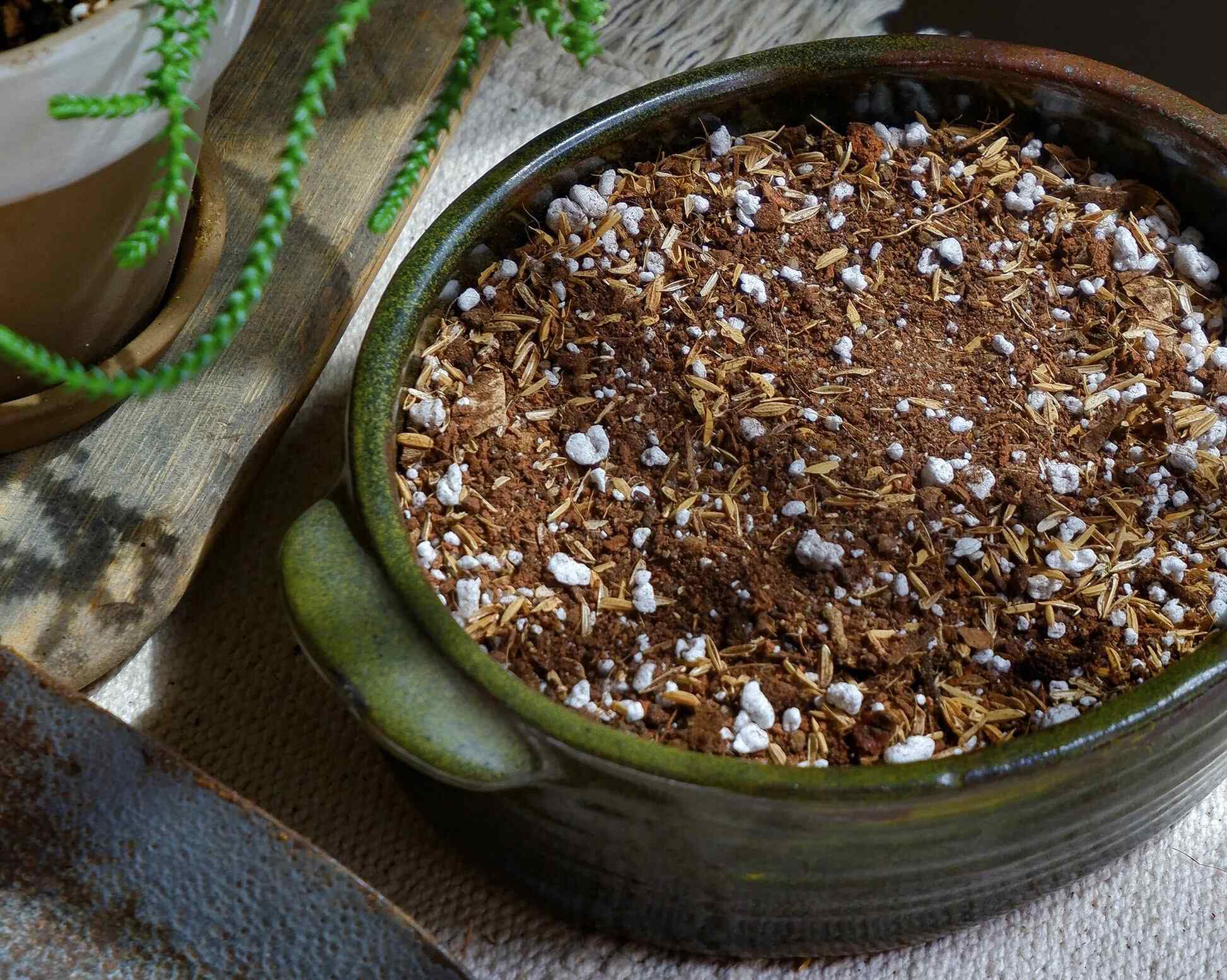
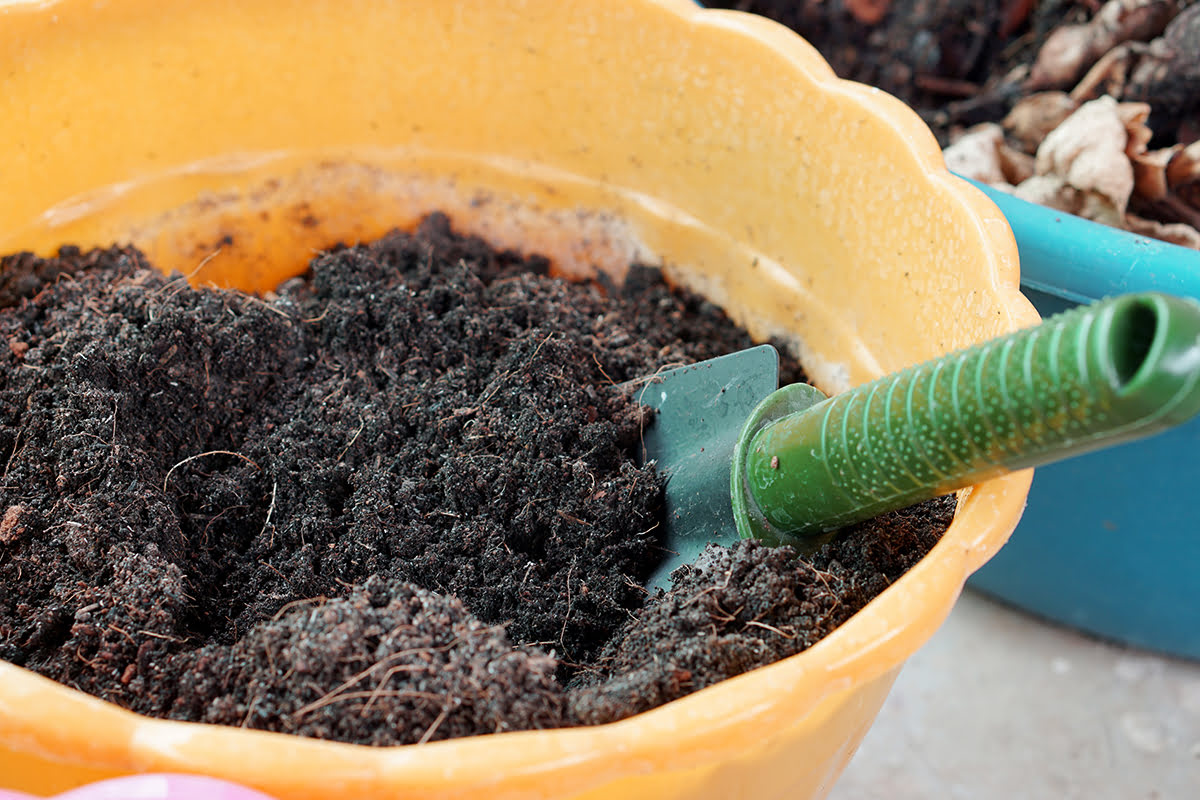
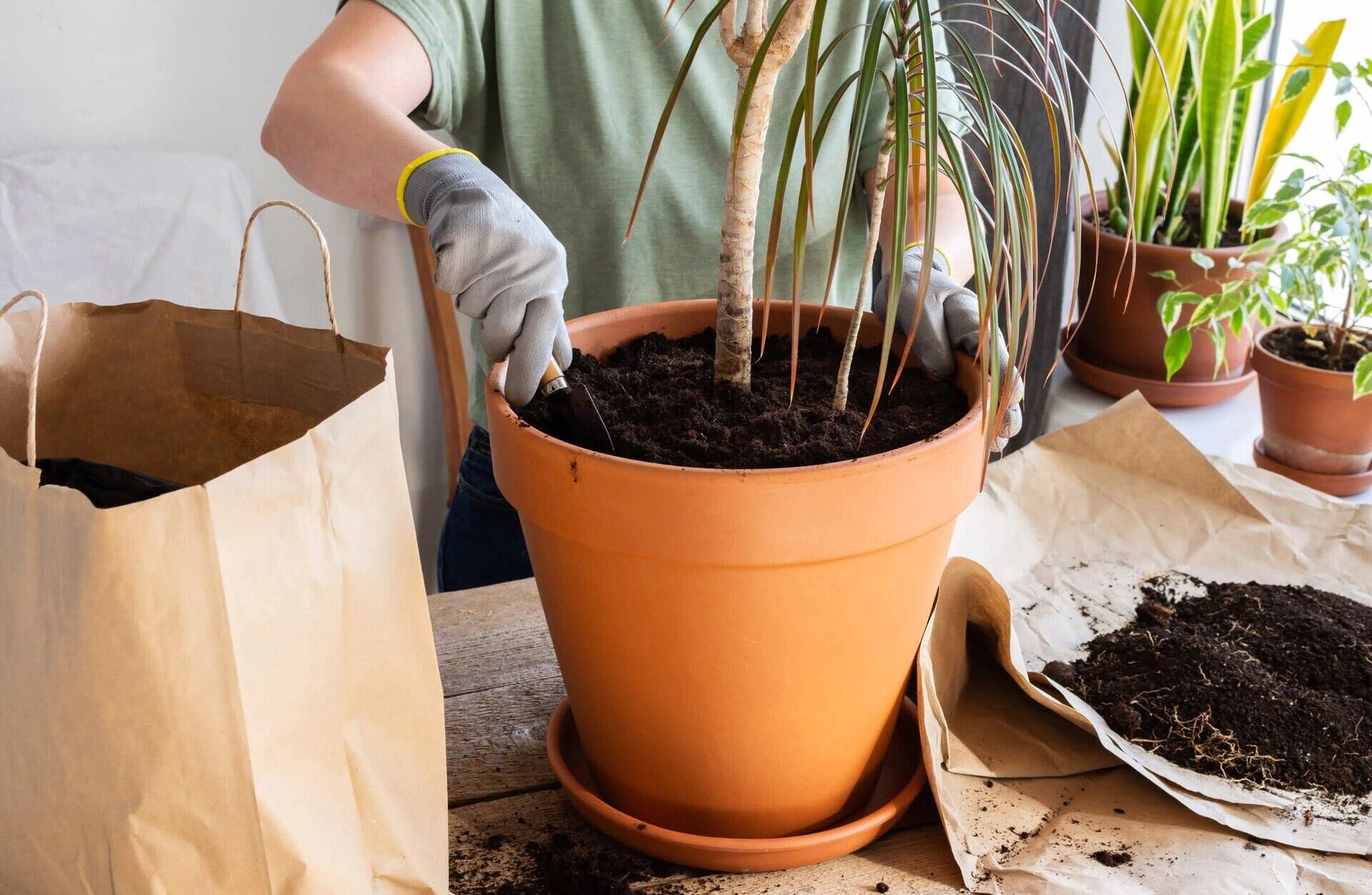
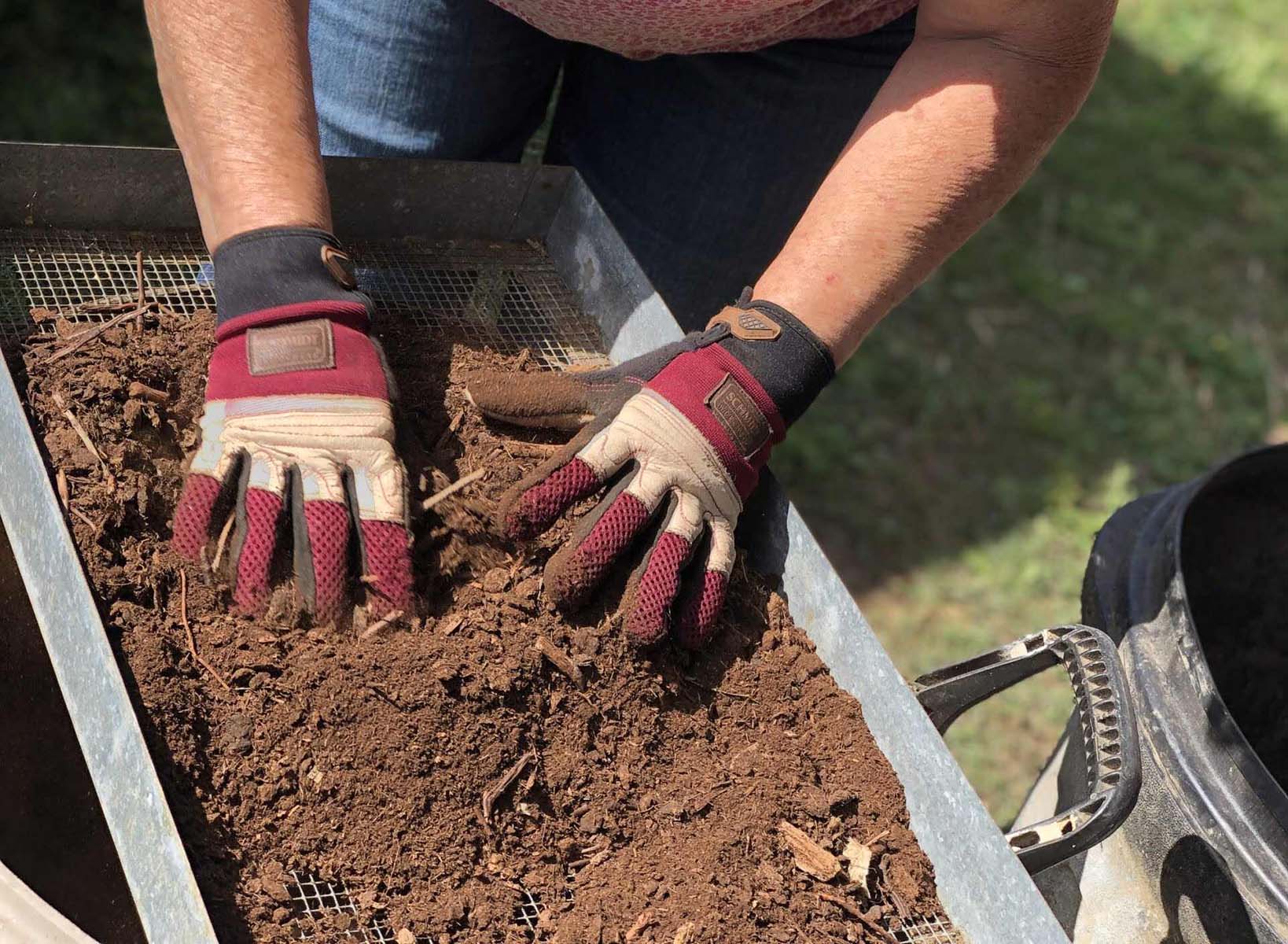
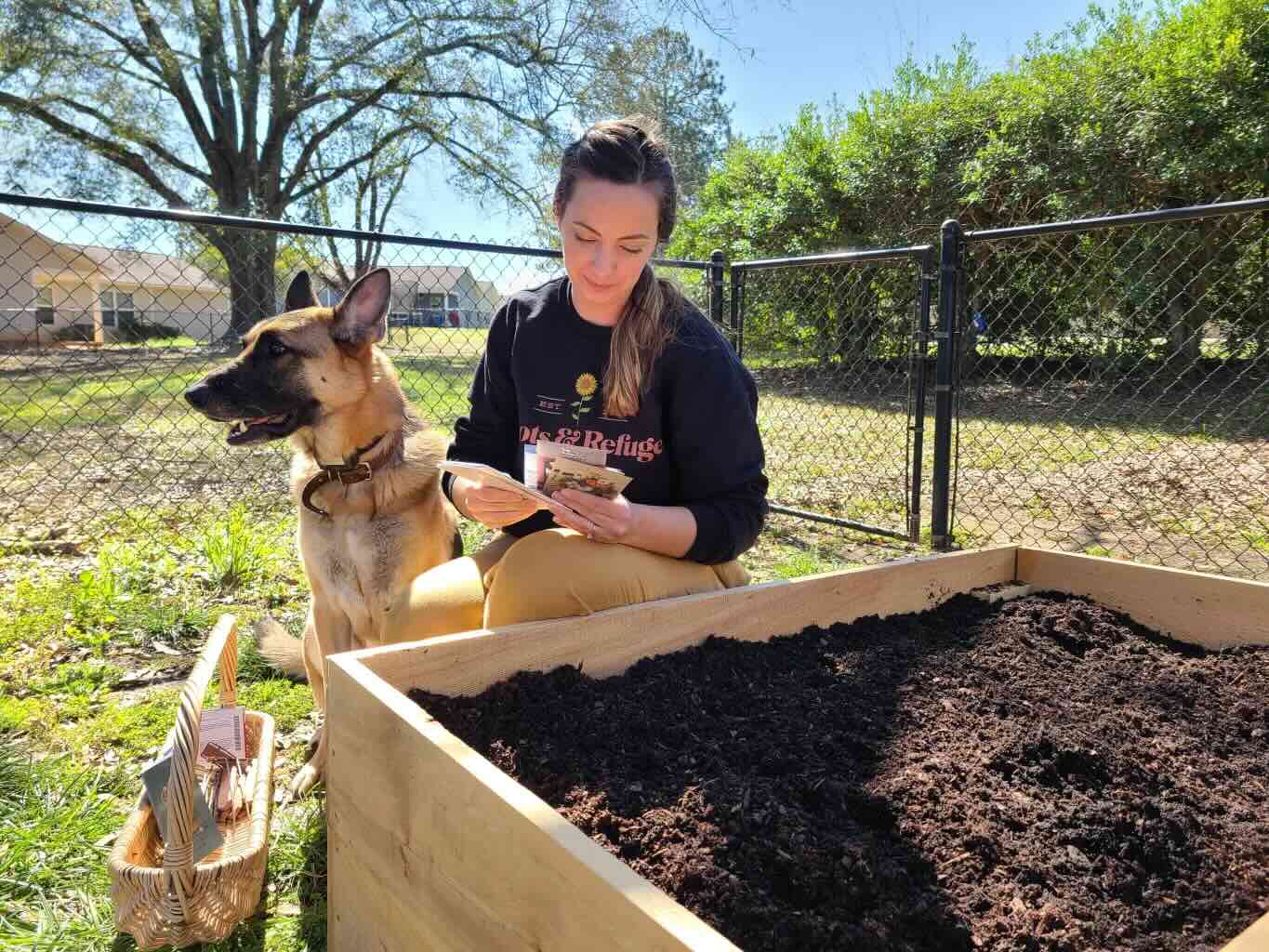
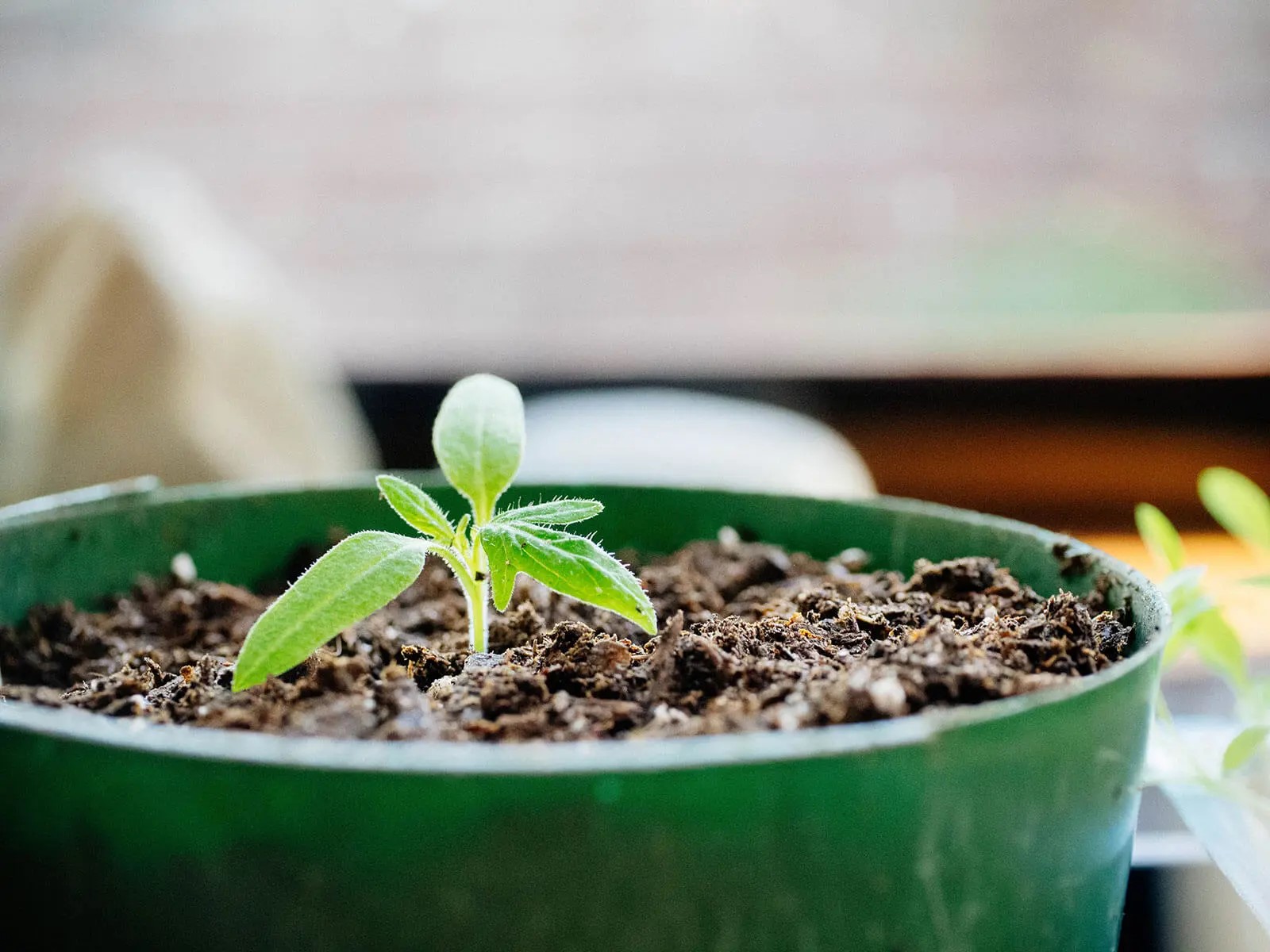
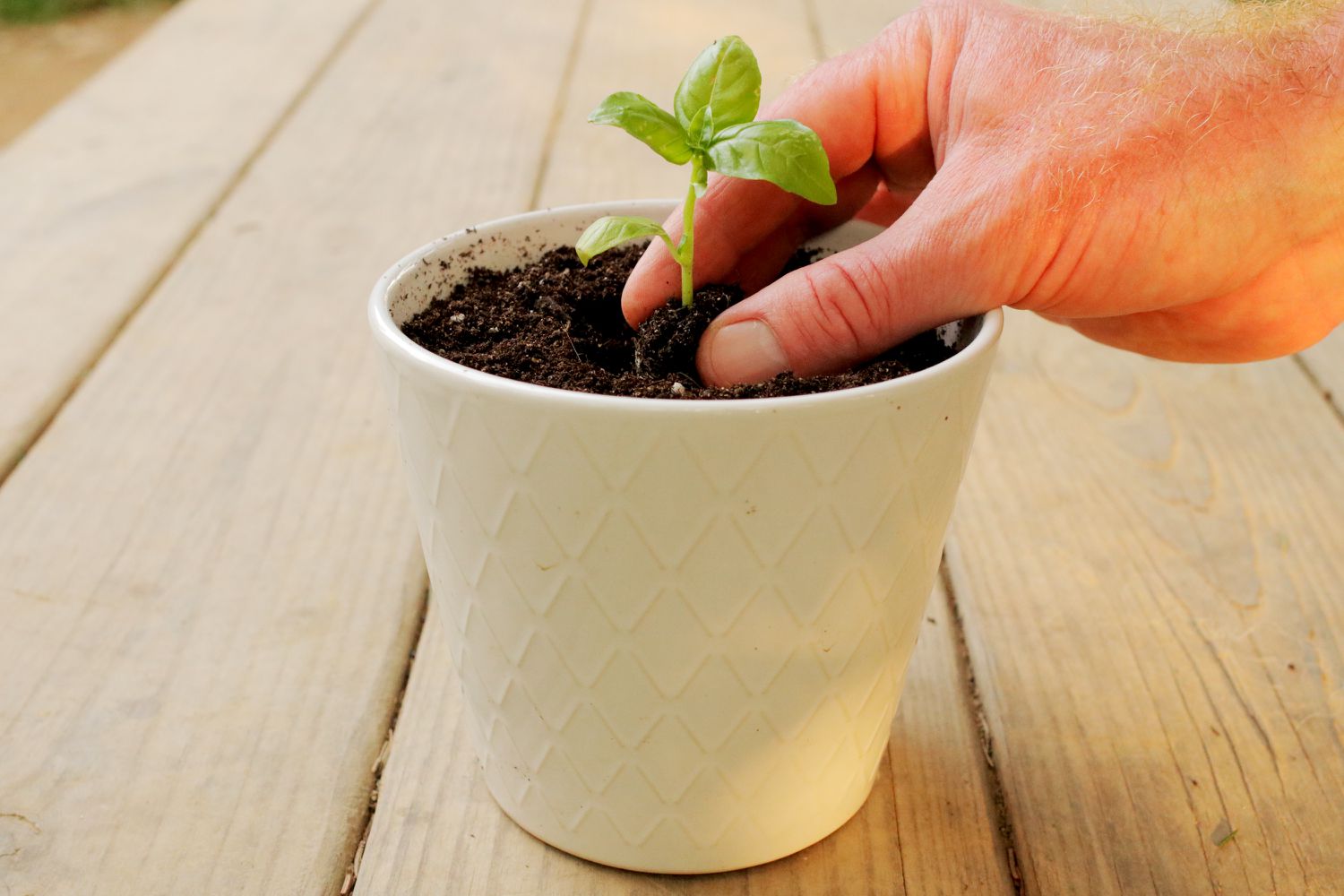
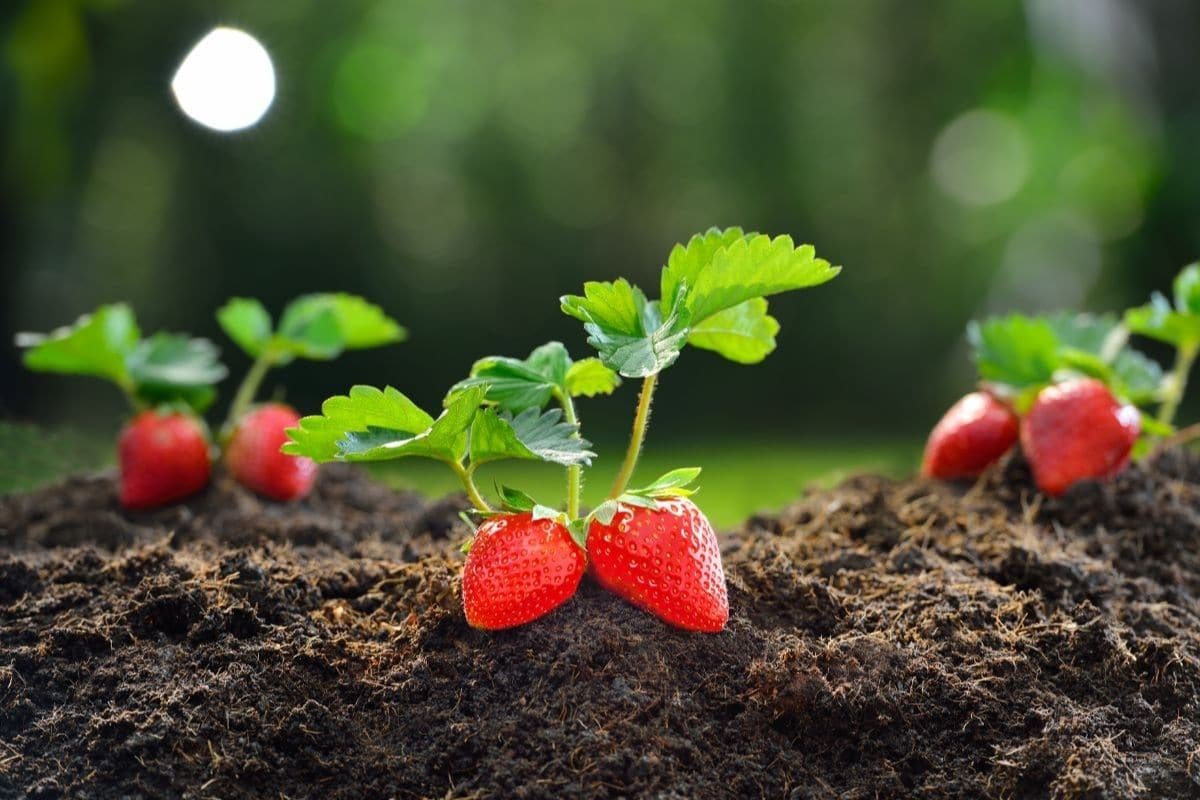
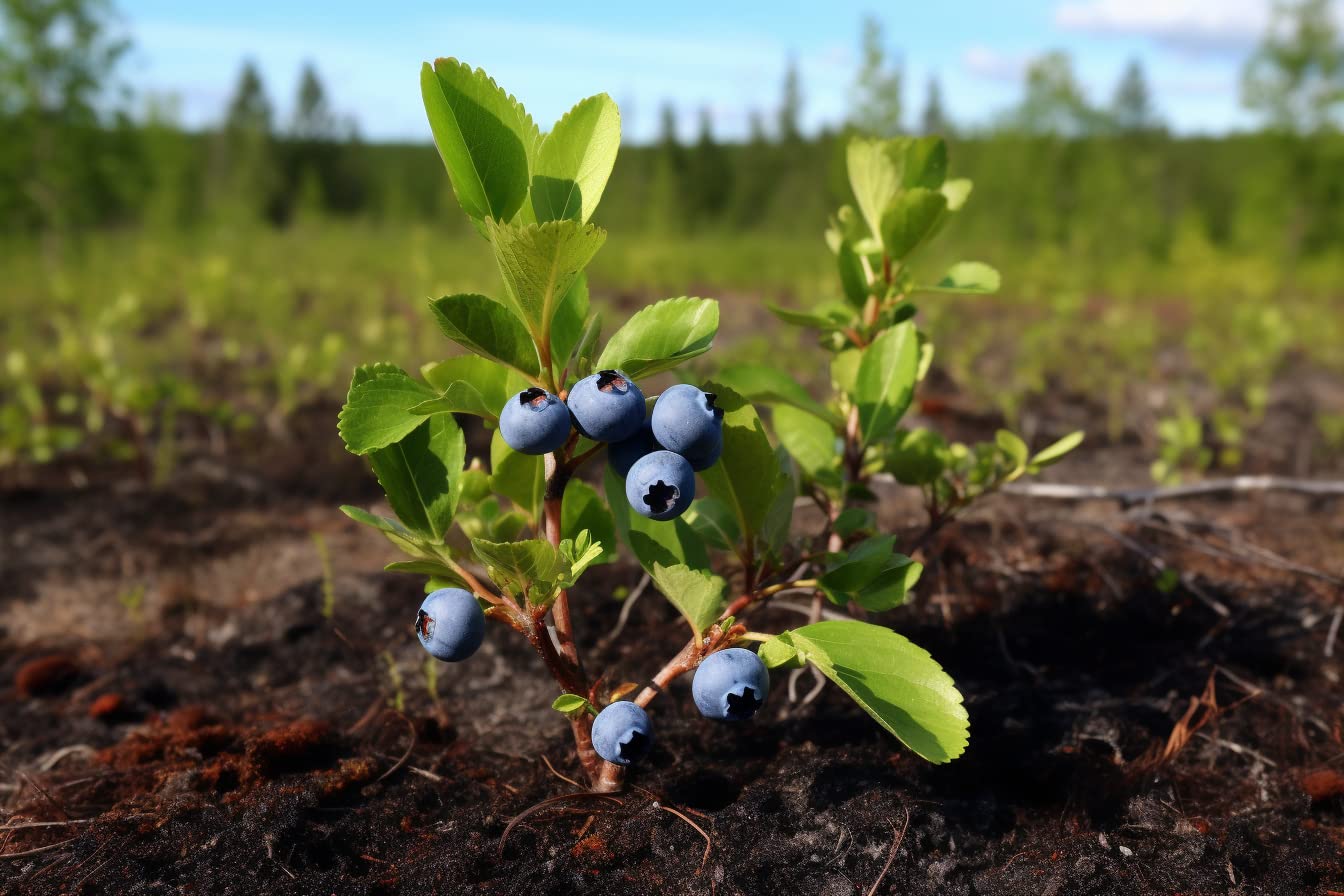

0 thoughts on “What Kind Of Sand To Use For Soil Mix”